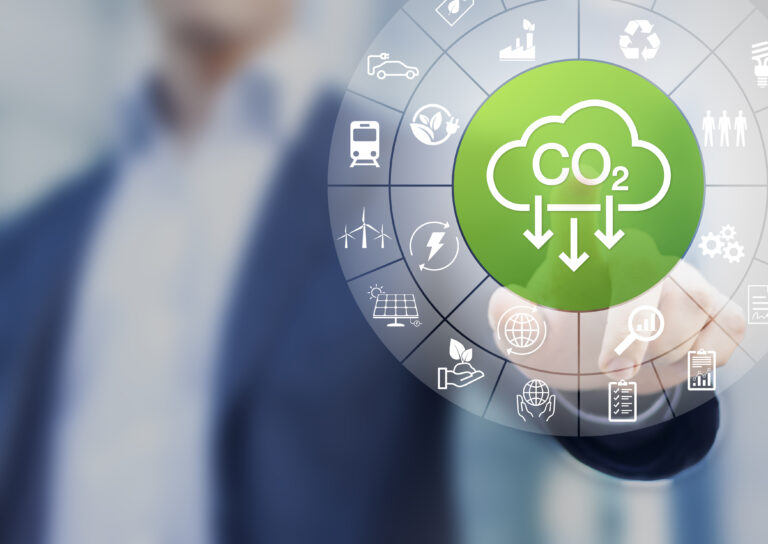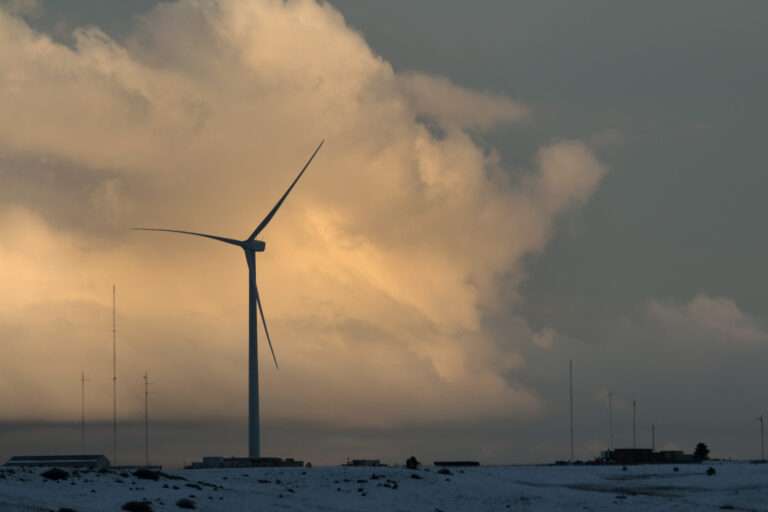Projections that the global middle class will increase by 1.7 billion people over the next two decades means a lot more energy will be needed in the years ahead to move planes, trains and automobiles.
Specifically, the energy demand of global transport, which includes deliveries of goods and services, should increase by about 25% by 2040, according to ExxonMobil’s Outlook for Energy. And the connection between a larger middle class and the growth in transportation isn’t just about more people commuting to work or finding the time to take a leisurely weekend drive.
Economic opportunity means that more people around the world – especially in developing countries – are able to buy personal vehicles, travel, shop for products delivered from faraway countries and expand their businesses.
As that demand grows, so too do the new technologies that improve energy efficiency.
Vehicles hitting the road can drive more miles on less fuel as auto manufacturers produce cars and light trucks with better fuel economy. Those new vehicles use lighter plastic parts and better lubricants to enable them to travel longer on less.
The International Energy Agency also projects that innovative battery technologies will help power more efficient electric vehicles.
It’s all part of the complex landscape that makes up the daily buzz of transportation fuel consumption. Learn more about the factors driving these future energy demands.

Source: ExxonMobil







